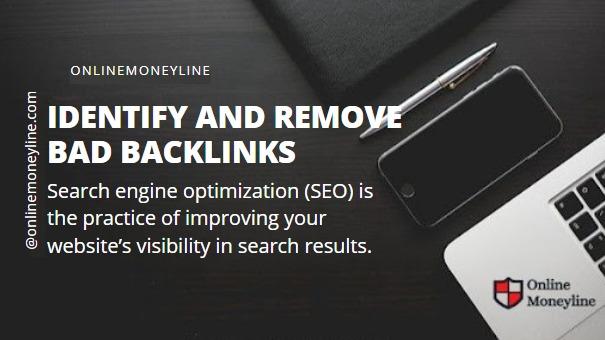SEO is an important part of any website owner’s strategy. Search engine optimization (SEO) is the practice of improving your website’s visibility in search results.
There are many different ways to optimize your website, including
- using keywords,
- creating high-quality content, and
- linking to relevant pages.
However, there are also many ways to manipulate your rankings.
- For example, you could hire someone to create thousands of low-quality backlinks to your site.
- Or, if you’re willing to spend money, you could buy links yourself.
What Is Negative SEO?
Negative SEO attacks are often carried out by unethical competitors who want to damage another company’s reputation. While these types of attacks aren’t as effective anymore, they can still cause significant harm to a website’s ranking.
Negative Search Engine Optimization (NEO) is when someone tries to manipulate search results in an attempt to lower the ranking of another site. There are three main types of negative SEO: Black hat, grey hat and white hat.
- A black hat approach involves using unethical means to manipulate search engine rankings.
- Grey hat techniques involve manipulating search engine rankings through less obvious methods.
- White hat techniques are ethical ways to manipulate search engine rankings for legitimate purposes.
Google has gotten a lot smarter since 2012 when I first wrote about this topic. Nowadays, Google doesn’t even consider links from sites that are not relevant to your site. If you’re trying to rank for a keyword related to your niche, then you should focus on getting links from high-quality websites.
Still, it doesn’t hurt to occasionally clean your Link Profile and remove the offending links – because some of them might slip through Google’s Webspam Net.
The Process Of removing Bad BackLinks
- Use a link analysis tool to identify all bad backlinks pointing to your site.
- Then contact the owner of each domain and ask them to remove the offending links.
- If you cannot reach the owner of the domain, then report the issue to Google via Webmaster Tools.
- Submit a disavow file to Google to ignore any links coming from the domain.
Types Of Link Spam You Want To Avoid
Pretty much every link which is not relevant to your website falls in this category. There are two exceptions though:
- Editorial links from large publications and
- links from link directories and link farm sites.
These links are great because they help your site get noticed by search engines and other websites. But if you ever try to buy them, you will probably end up getting banned.
You should avoid
- Links from bad neighborhoods (porn, pharmaindustry, online gambling),
- links from foreign language sites,
- a large number of links from irrelevant websites,
- a large number of exact match anchor text links,etc
The danger in links from penalised domains and websites pushing knock off Viagra is obvious – they are poison, and equal to building a house next to a junkyard. Fortunately, Google knows that noone who’s trying hard enough to rank high would build links like these on purpose, so they usually ignore them completely.
Google doesn’t like exact match anchor text links and links coming from other websites. If you’re using them, you could easily be manipulating your own search engine results pages to artificially boost your rankings. That could trigger a manual penalty, or even an algorithmically triggered penalty, which is why it is always a good idea to get rid of them once they show up.
Find Where Those Toxic Links Are Coming From
These tools aren’t just for finding toxic backlinks. You can also use them to check your site’s domain authority, page rank, and other important SEO metrics. Some of these tools even give you an idea of what keywords will help drive traffic to your site.
For example, Ahrefs will tell you which pages on your site should focus on certain keywords. If you’re looking at a page that’s not ranking well, you might see that the page isn’t getting any organic search traffic. That means there’s something wrong with the page, so you can fix it before it hurts your rankings.
- You should always start by looking at the source code of any website that links to yours. If there’s a link to your site in the footer, then it’s likely that the owner wants to promote his own site.
- You can also check if the page contains text like “Sponsored by” or “Advertorial”. If you see anything suspicious, then you should reach out to the website owner and politely ask him to stop linking to your site.
Request Removal From Website
It’s not uncommon for websites to get links removed because of bad behavior. You can ask the webmasters to remove the links, but the chances of success are close to zero.
If you don’t manage to find the contact info of the person responsible for the site, you can use Whois Domain Lookup to see if there’s any information about the domain owner.
If you see a listing with a link to a website that looks suspicious, you should report it to Google. You can also report it to the webmaster of the site if you think it belongs to them. However, there’s not much else you can do unless you’re sure the site is malicious.
To find the owner of a website, you can use WhoIsHostingThat.





